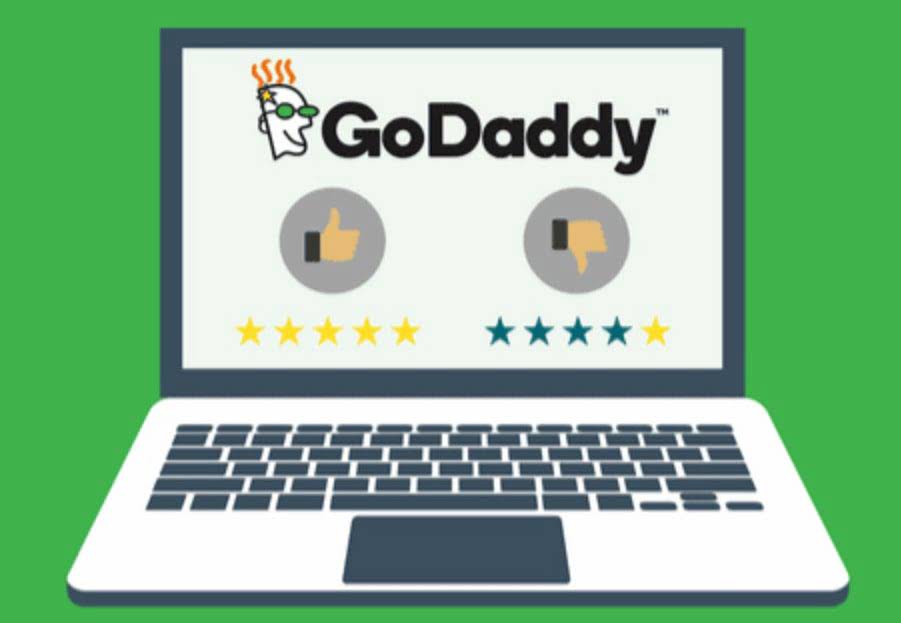A standard cost is one that a company expects at the outset of a year under a normal level of operational efficiency. Standard costs are used periodically as a basis for comparison with actual costs. After this transaction is recorded, the Direct Materials Price Variance account shows a credit balance of $190. In other words, your company’s profit will be $190 greater than planned due to the lower than expected cost of direct materials.
- The difference between actual costs and standard costs is known as variance.
- The difference between the standard cost and the actual cost is known as a variance.
- Standard costing is the practice of substituting an expected cost for an actual cost in the accounting records.
- Universal Credit is a monthly payment for people who are on a low income, unemployed or need help with living costs.
Standard costs also assist the management team when making decisions about long-term pricing. Since the calculation of variances can be difficult, we developed several business forms (for PRO budgeted synonyms and antonyms members) to help you get started and to understand what the variances tell us. The Ascent is a Motley Fool service that rates and reviews essential products for your everyday money matters.
What is Standard Costing?
Qualcomm Inc. is a large producer of telecommunications equipment focusing mainly on wireless products and services. As with any company, Qualcomm sets labor standards and must address any variances in labor costs to stay on budget, and control overall manufacturing costs. Once a company determines a standard cost, they can then evaluate any variances. A variance is the difference between a standard cost and actual performance. A favorable variance involves spending less, or using less, than the anticipated or estimated standard.
Several definitions of standard costing have been published in the literature. Production is usually articulated in physical units such as tons, pounds, gallons, numbers, kilograms, liters, etc. When a company is manufacturing different types of products, it is almost impossible to increase the production, which cannot be expressed in the same unit. The current cost is also similarly expressed and the two percentages are compared to find out how much the actual cost has deviated from the current standard.
This technique is a valuable aid to the management in determining prices and formulating production policies. Standard costing equips cost estimates while planning the production of new products. Another objective of standard cost is to make the entire organisation cost conscious. It makes the employees to recognise the importance of efficient operations so that costs can be reduced by joint efforts.
However, direct labor may be essentially fixed, and then an undue emphasis on labor efficiency variances creates pressure to build excess work in process and finished goods inventories. If variances are used as a club, subordinates may be tempted to cover up unfavorable variances or take actions that are not in the company’s best interest to ensure the variances are favorable. Most of these problems result from improper use of standard costs and the management by exception principle or from using standard costs in situations in which they are not appropriate. The use of standard costs is a key element of a management-by-exception approach. If costs remain within the standards, Managers can focus on other issues.
How do standard costs differ from creating a budget?
Historical costing, which refers to the task of determining costs after they have been incurred, provides management with a record of what has happened. We will discuss later how to handle the balances in the variance accounts under the heading What To Do With Variance Amounts. While this data could still be useful, some of it may be irrelevant because several weeks have passed since the variance occurred. This can limit a company’s ability to step in to minimize variances. Harold Averkamp (CPA, MBA) has worked as a university accounting instructor, accountant, and consultant for more than 25 years.
Management by Exception
The currently attainable standard is the most popular standard, and standards of this kind are acceptable to employees because they provide a definite goal and challenge to them. These standards make proper allowances for normal recurring interferences such as machine breakdown, delays, rest periods, unavoidable waste, and so on. They are projections that are rarely revised or updated to reflect changes in products, prices, and methods. Ideal standards, also called perfection standards, are established on a maximum efficiency level with no unplanned work stoppages. In jobbing industries, as well as industries that produce non-standardized products, it is not possible to apply the technique advantageously. This section highlights the most important advantages of standard cost.
What is a standard cost?
Many financial and cost accountants have agreed on the desirability of replacing standard cost accounting[citation needed]. Public utilities such as transport organizations, electricity supply companies, and waterworks can also apply standard costing techniques to control costs and increase efficiency. Standard costs are predetermined costs that provide a basis for more effectively controlling costs. Standard cost is used to measure the efficiency of future production or future operations.
Revenue in Accounting: Definition, Types & Example
After establishing the standard quality of material, it is more important and necessary to establish the standard regarding quantity of each material. Generally, quantities are expressed in terms of kilograms, feet, units and so forth. Variances arise are disposed off by transferring it the relevant accounts (costing profit and loss account) as per the accounting method (plan) adopted. The first step is to set standards which are to be achieved, the process of standard setting is explained below. These standards are used only when they are likely to remain constant or unaltered over a long period. According to this standard, a base year is chosen for comparison purposes in the same way as statisticians use price in- dices.
Management Accounting in Competitive World
Standards have to be revised and new standards be fixed involving larger costs. Thus, small firms find it expensive to operate standard costing system. A target of efficiency is set for the employees and the cost consciousness is stimulated.
Under this technique, differences are analyzed and responsibilities are determined. It is based on past experience and is referred to as a common sense cost, reflecting the best judgment of management. According to Brown & Howard, “standard cost is a pre-determined cost which determines what each product or service should cost under given circumstances.” There are different definitions of standard costing, all of which emphasize the use and determination of standard cost.



